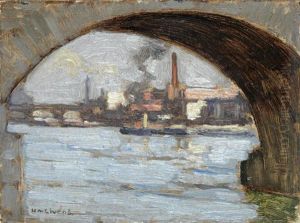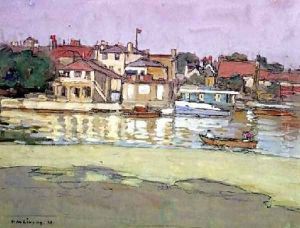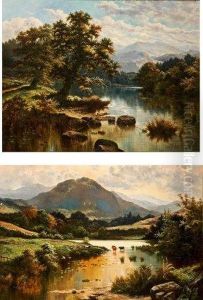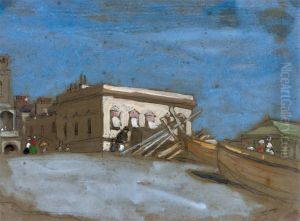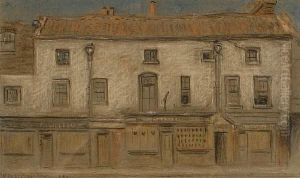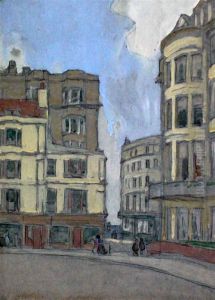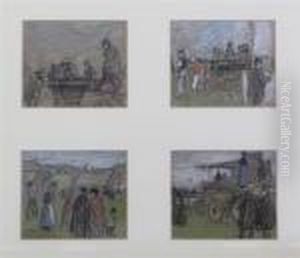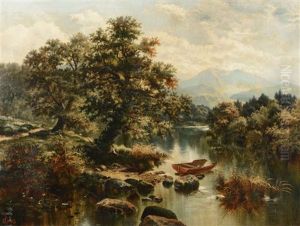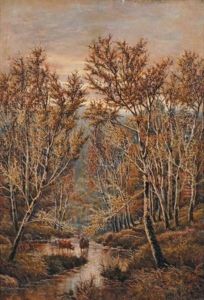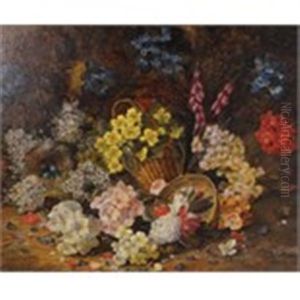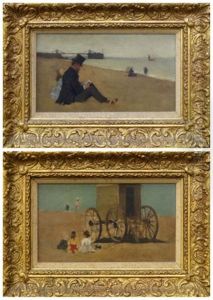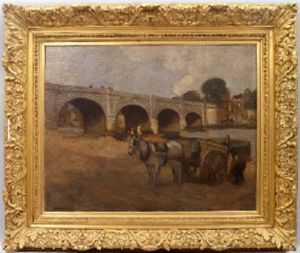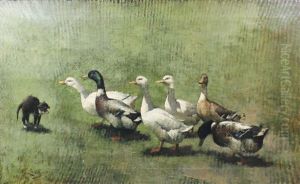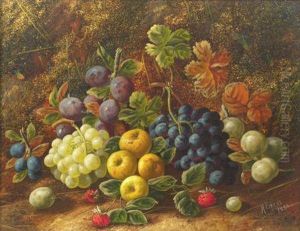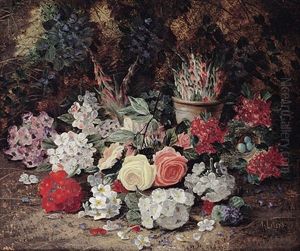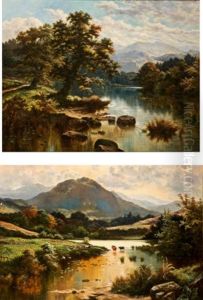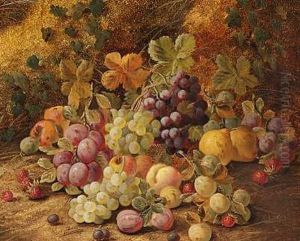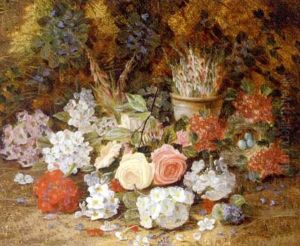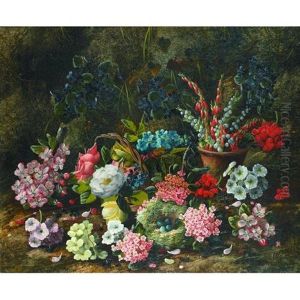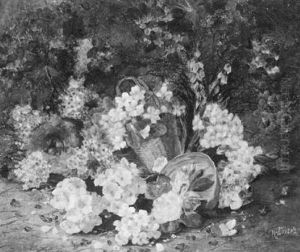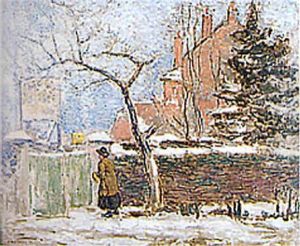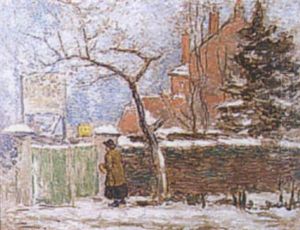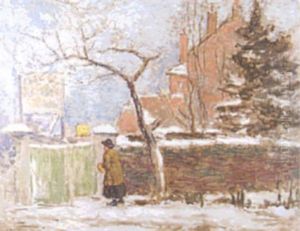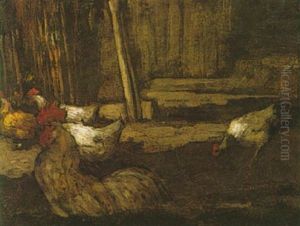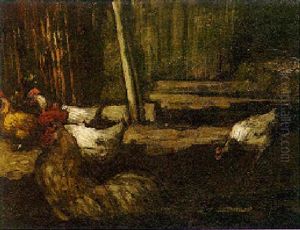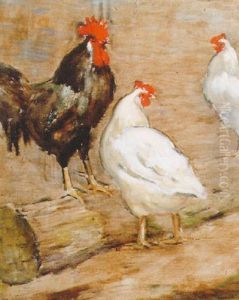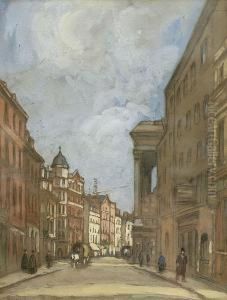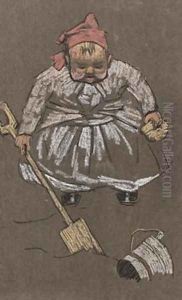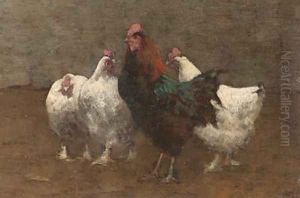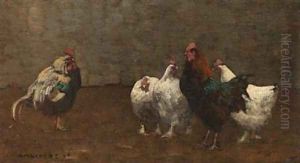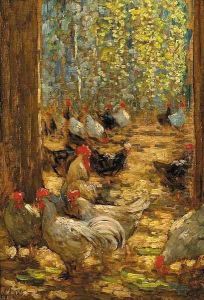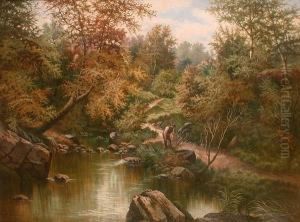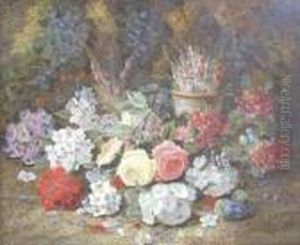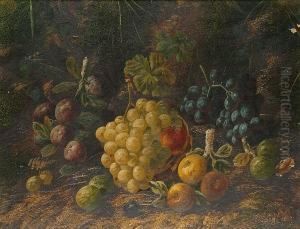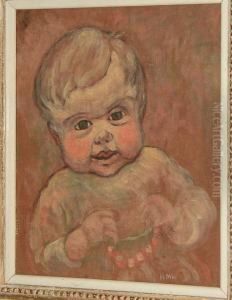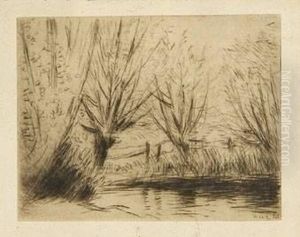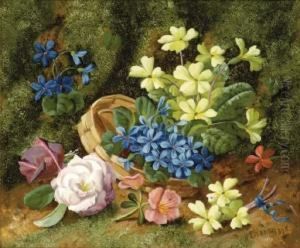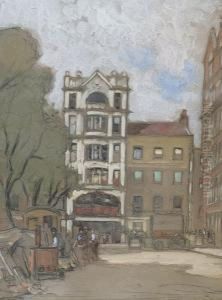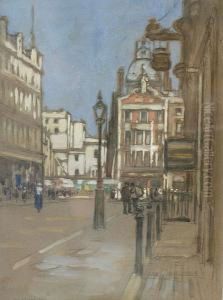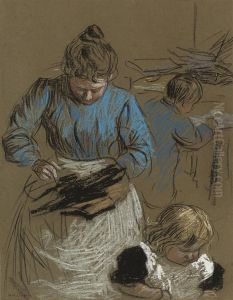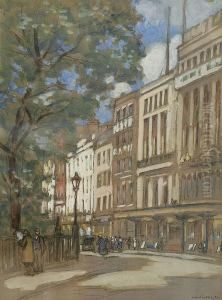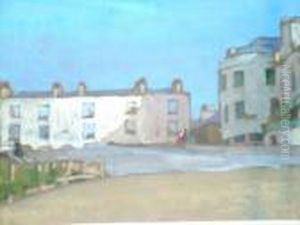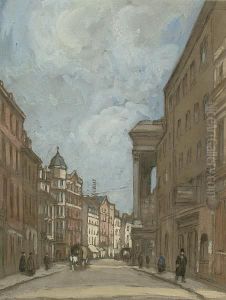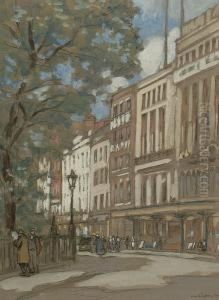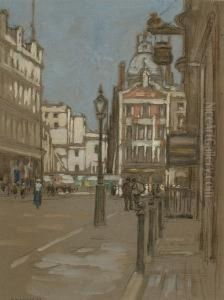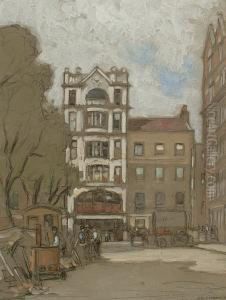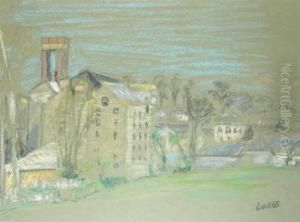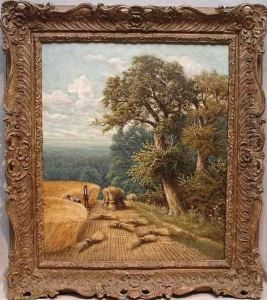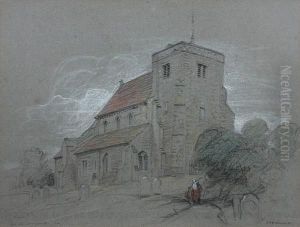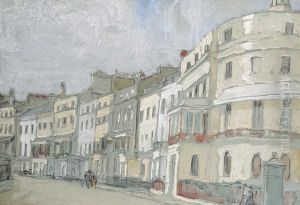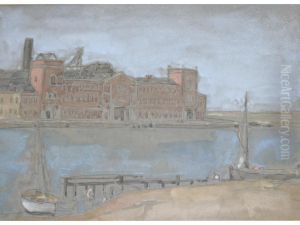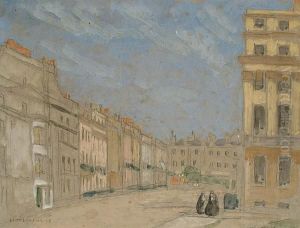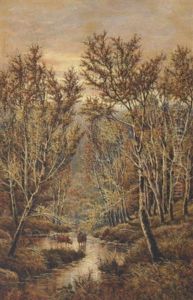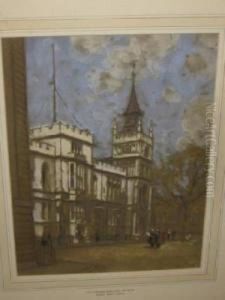Horace Mann Livens Paintings
Horace Mann Livens was a British artist known for his contributions to the Impressionist movement in the United Kingdom. He was born in 1862, at a time when Impressionism was gaining momentum in France, with artists like Claude Monet and Edgar Degas at the forefront of the movement. Livens was influenced by this new style of painting, which emphasized light and color over the more detailed, line-oriented approaches of earlier schools.
Livens's work often reflected the Impressionist fascination with capturing fleeting moments and the effects of light. He experimented with bold brushstrokes and a vibrant palette, which set him apart from many of his contemporaries in Britain who were more aligned with the traditional Victorian styles of painting.
In addition to painting, Livens was also an accomplished printmaker and watercolorist. He studied at the Westminster School of Art, where he developed his skills and was exposed to the works of other Impressionists. His education continued in Paris, where he was able to immerse himself in the avant-garde art scene and refine his own artistic voice.
Despite his alignment with Impressionism, Livens's work was not limited to this one genre. He was a versatile artist, and his oeuvre includes portraits, landscapes, and genre scenes. His portrait of fellow artist Vincent van Gogh is a testament to his skill and is notable for being one of the few portraits of the Dutch artist created during his lifetime.
Livens's career was marked by both success and obscurity. While he did exhibit with some notable art societies and galleries during his lifetime, he never achieved the same level of fame as some of his Impressionist peers. It wasn't until after his death in 1936 that Livens's work began to be reevaluated and appreciated for its contribution to British Impressionism.
Today, Horace Mann Livens is remembered as an important figure in the development of British Impressionist painting. His works can be found in various art collections, and they continue to be studied and enjoyed for their vibrant energy and historical significance.
